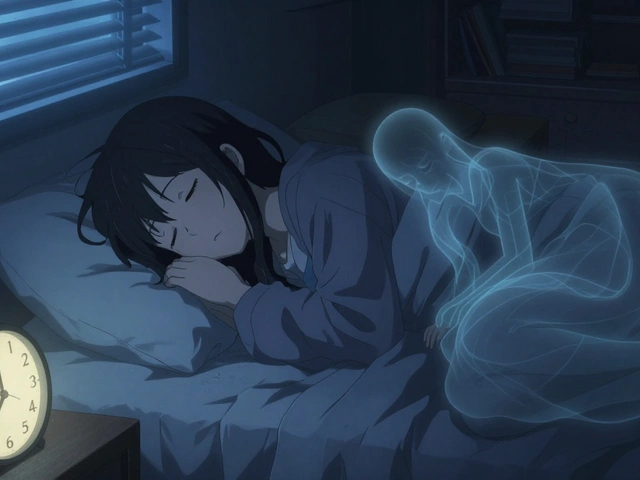Anastrozole and Bone Health: What You Need to Know
When you take anastrozole, a non-steroidal aromatase inhibitor used to lower estrogen in postmenopausal women with hormone-receptor-positive breast cancer. It's also known as Arimidex, this drug stops the body from turning androgens into estrogen, which helps slow cancer growth. But that same drop in estrogen also puts your bone health, the strength and density of your skeletal system, especially critical after menopause at risk.
Estrogen doesn’t just affect reproduction—it keeps bones dense by slowing down how fast old bone breaks down. When anastrozole cuts estrogen levels by up to 80%, bone loss speeds up. Studies show women on anastrozole lose 2–3% of bone density in the first year, and up to 5–8% over five years. That’s not just a number—it means higher risk of fractures, especially in the spine, hip, and wrist. This isn’t rare. Up to 30% of women on long-term anastrozole develop osteoporosis. And while it’s used for breast cancer, the bone side effect hits anyone taking it, regardless of age or prior bone status.
That’s why managing bone health isn’t optional—it’s part of the treatment plan. You don’t just need to take the pill; you need to protect your skeleton. Calcium and vitamin D aren’t just supplements—they’re baseline defense. Most doctors recommend 1,200 mg of calcium and 800–1,000 IU of vitamin D daily. Weight-bearing exercise like walking, lifting weights, or even stair climbing helps too. It signals your bones to stay strong. And if you’re already losing bone, medications like bisphosphonates (alendronate, risedronate) can stop the damage in its tracks. You don’t wait until you break a bone to act.
What you’ll find in the articles below aren’t just random posts. They’re real, practical guides that connect the dots between drugs like anastrozole and their hidden effects on the body. You’ll see how statins affect liver enzymes, how calcitriol supports bone growth in infants, and how hormone therapies like Duphaston and Provera compare in their impact on the body. These aren’t isolated topics—they’re all part of the same picture: how medications change your physiology, and what you can do to stay healthy while using them. This isn’t about fear. It’s about control. You’re not just taking a drug. You’re managing your whole body.

How to Manage the Side Effects of Anastrozole
Learn practical, science-backed ways to manage common side effects of anastrozole-including joint pain, hot flashes, fatigue, and bone loss-without compromising your cancer treatment.




